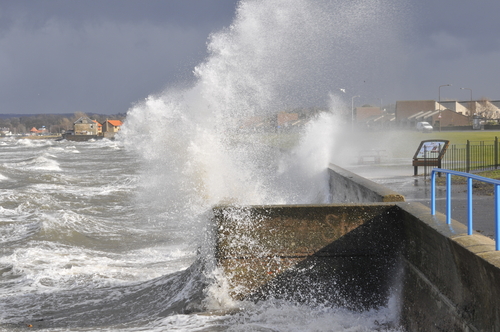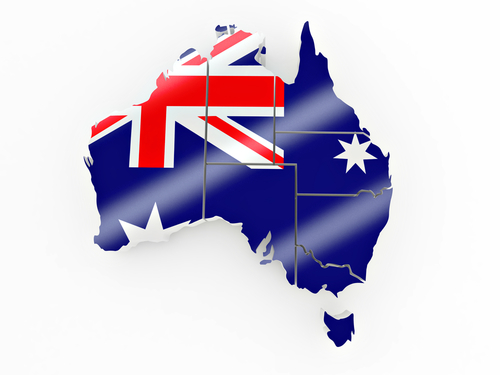Swiss Re’s latest sigma study (full report; abstract) reveals that the final economic losses resulting from disasters (both natural and man-made) across the globe in 2010 was $218 billion — a number that dwarfs the $68 billion in damages caused by catastrophes in 2009.
With unprecedented flooding, Asia was the region worst hit, with $75 billion of the total occurring there. In relative terms, however, the fallout may be worse for the Latin America/Caribbean region. The $53 billion caused by the earthquakes in Haiti and Chile represents a staggering 1.1% of the region’s GDP. (By comparison, Asia’s billion in losses was only 0.
28% of its GDP.)
Here is Swiss Re’s regional breakdown of the number of disasters, death toll and financial fallout.

Insured losses in 2010 totaled $43 billion as a whopping 10 different events caused insured losses of at least $1 billion. This was a huge jump from the $27 billion in insured losses for the global industry in 2009.

In all, 2010 had 304 catastrophic events.
The globe has seen a troubling trend of more natural catastrophes nearly every year in recent decades, and 2010 was no different with 167 natural disasters. On the flip side, the declining trend of man-made disasters the world has experienced since 2005 also held true, with just 137 man-made events. This is perhaps the only positive nugget of information in the entire report. (Although even this silver lining is bittersweet as you will see below when we look at the resulting death toll.)

Worst of all, of course, were the 304,000 people killed by disasters last year, making 2010 the third deadliest year since 1970 (the year Swiss Re first began collecting such data).
In 2010, severe catastrophes claimed significantly more lives than the previous year: around 304,000 were killed, compared to 15,000 in 2009. The deadliest event in 2010 was the Haiti earthquake in January, which claimed more than 222,000 lives. Nearly 56,000 people died during the summer heatwave in Russia. The summer floods in China and Pakistan also resulted in over 6,200 deaths.
Man-made disasters accounted for a small percentage of deaths last year, in relative terms, but the 6,446 killed was still a significantly higher number than the 5,970 who died in this manner in 2009. This fact puts a large blemish on the positive news that there were fewer man-made events. There may have been fewer incidents, but the ones that did occur were deadlier and that lower-occurrence/worse-outcome ratio should be going the other way in 2011 as safety, security and other risk management means strive to lessen the impact of catastrophes.
The man-made disasters that claimed the most victims in 2010 were a lead poisoning outbreak at an illegal gold mine in Nigeria in March (400 victims, mainly children), a stampede on a bridge at a festival in Cambodia in November (375 victims) and the collapse of a gold mine in Sierra Leone in March that killed approximately 200 people. Meanwhile, aviation and maritime disasters accounted for more than 800 and 1,100 victims respectively.
Moving beyond the past, the globe has already been badly battered so far in 2011.
The Japanese earthquake and tsunami killed an estimated 18,500 people and caused upwards of $30 billion in insured losses alone, according to some experts. The Christchurch quake in New Zealand also ravaged the insurance industry, Australia floods cost billions and winter storms in the United States did plenty of damage of their own.
Who knows what the final fallout will be from social revolutions in the Middle East, but it’s safe to say that there will be some claims.
All this and it’s not even hurricane season yet.
Hopefully, there is no way that more people will be killed by disasters in 2011 than we saw in 2010. But when it comes to economic losses, specifically insured losses, it is already shaping up to be a historic, market-altering year.





